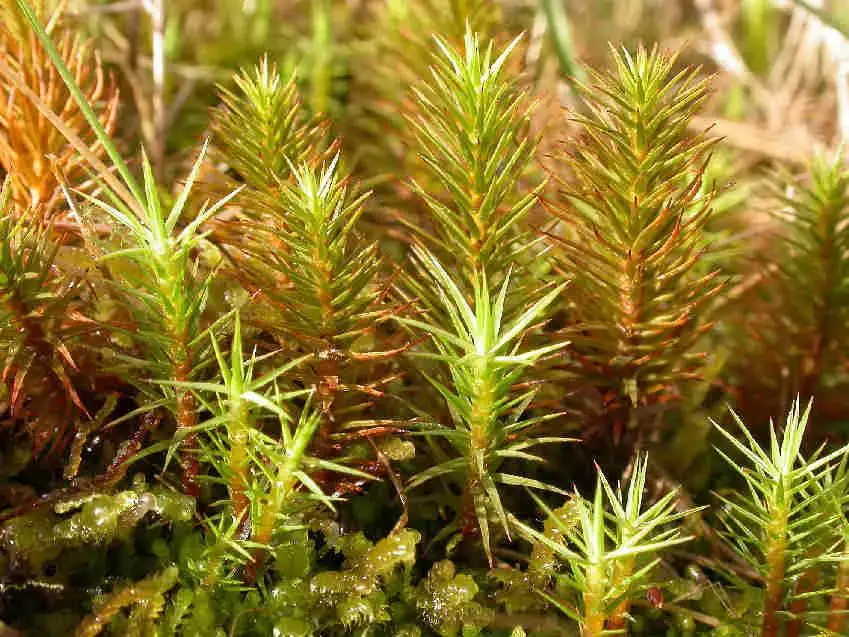
Polytrichum_commune-peri_007C.JPG from: https://cisfbr.org.uk/Bryo/Cornish_Bryophytes_Polytrichum_commune_var_perigoniale.html
Introduction
In the vast and captivating world of bryophytes
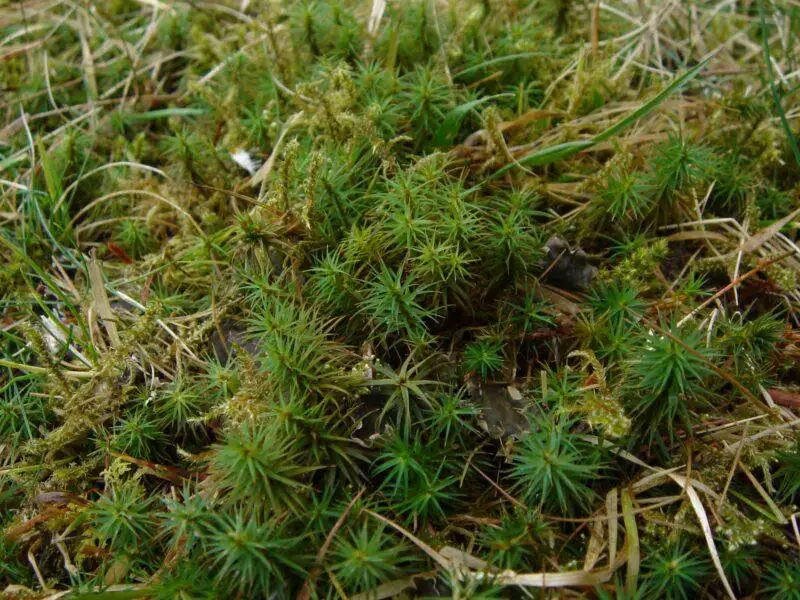
Polytrichum-commune-var-perigonialeSam-Bosanquet-800×600.jpg from: https://www.britishbryologicalsociety.org.uk/learning/species-finder/polytrichum-perigoniale/
, one particular moss species stands out as a true marvel of nature – the Polytrichum commune var. perigoniale (Michx.) Hampe. Belonging to the Polytrichaceae family, this moss is commonly referred to as
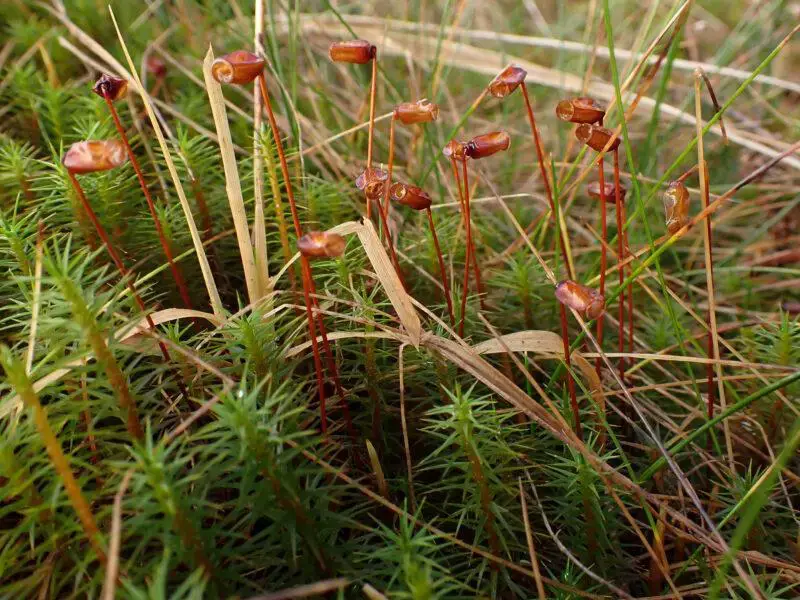
2023-01-06-13-51-24-800×600.jpg from: https://www.britishbryologicalsociety.org.uk/learning/species-finder/polytrichum-commune/
Polytrichum
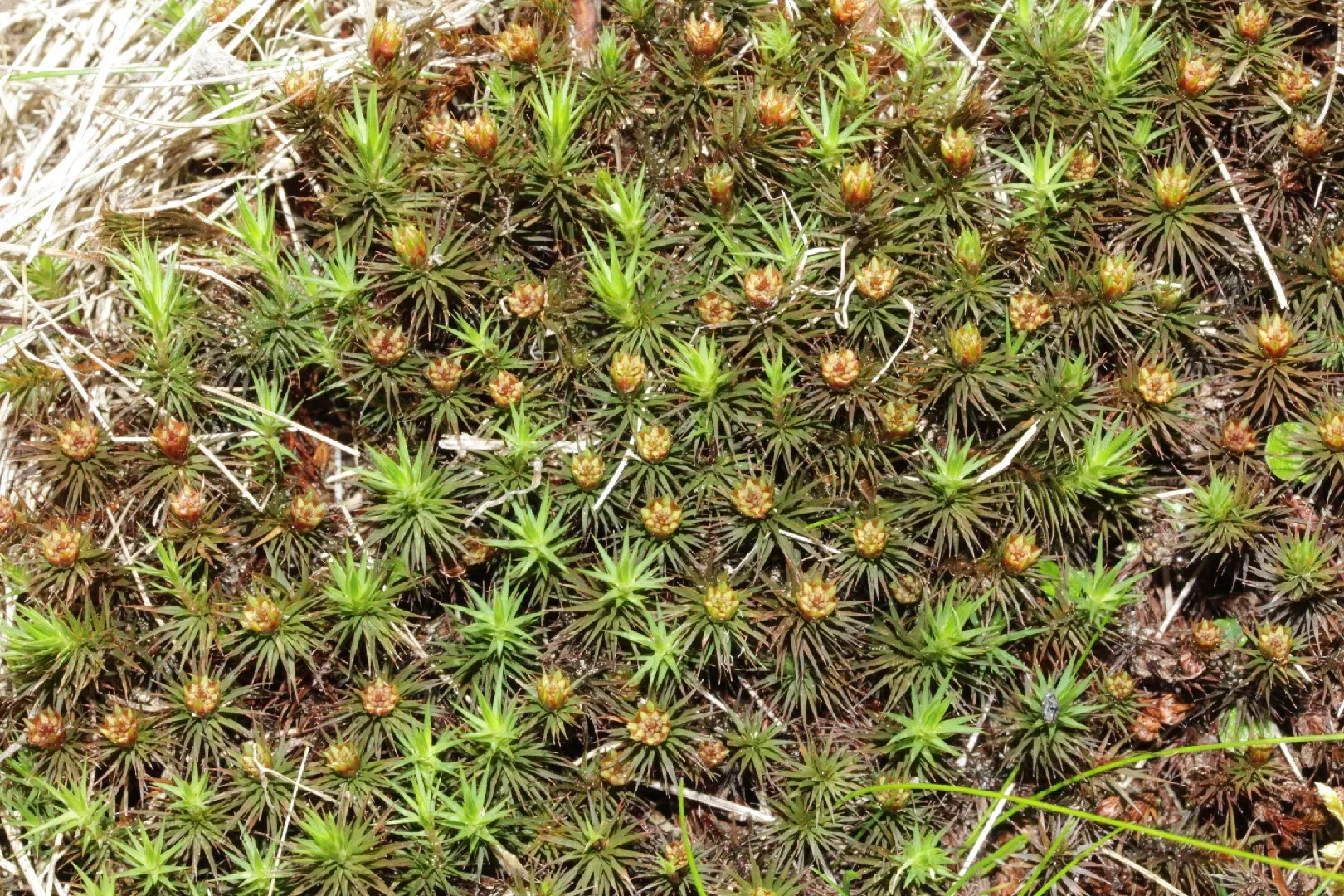
152413966876803075.jpeg from: https://www.picturethisai.com/pt/wiki/Polytrichum_commune.html
. Its unique characteristics and ecological significance have captured the hearts of moss enthusiasts worldwide.
Background
Before delving into the intricacies of this remarkable moss, let’s set the stage with some essential background information.
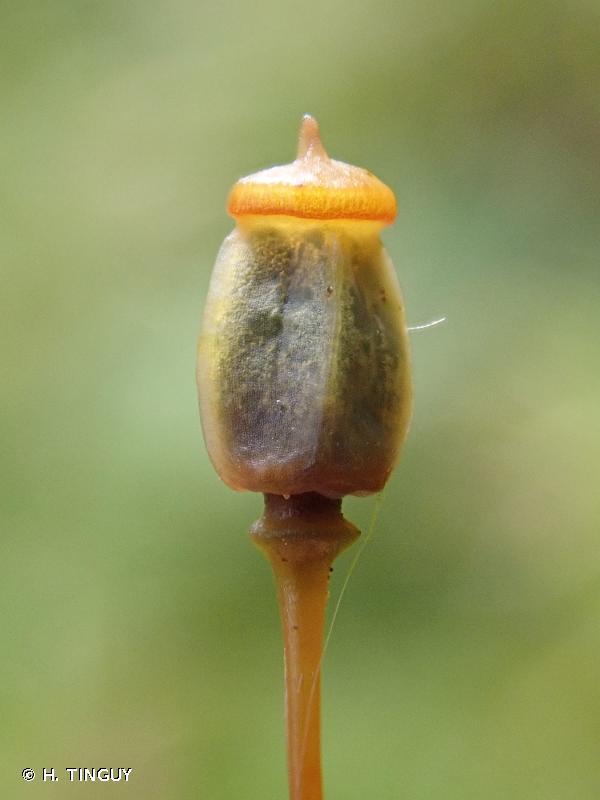
393781.jpg from: https://inpn.mnhn.fr/espece/cd_nom/435533
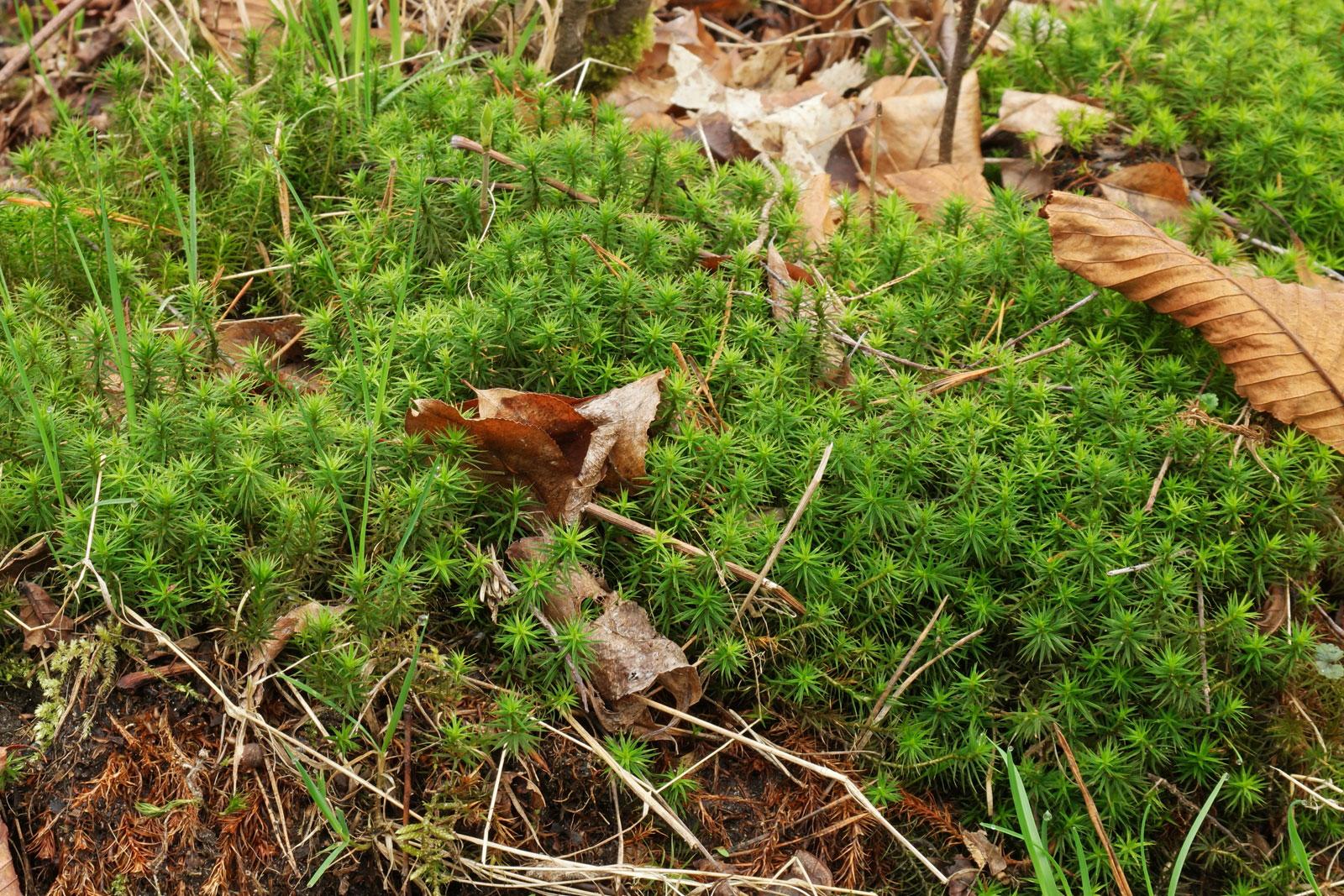
Polytrichum-commune-1.jpg from: https://plantsam.com/polytrichum-commune/
Bryophytes, a group that includes mosses, liverworts, and hornworts, are among the oldest land plants on Earth. They play crucial roles in various ecosystems, acting as pioneers in colonizing new environments and contributing to soil formation and water retention.
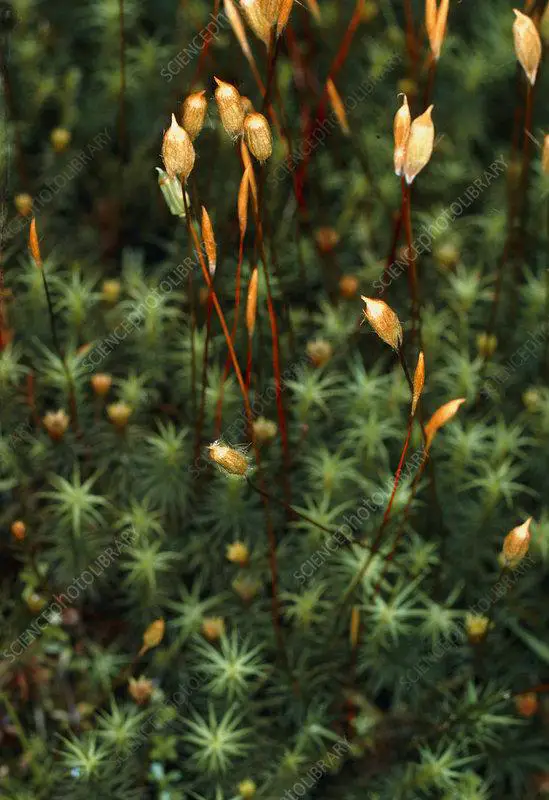
B4000048-Polytrichum_commune_moss_with_sporophytes.jpg from: https://www.sciencephoto.com/media/16747/view/polytrichum-commune-moss-with-sporophytes
Main Content
Morphology and Identification
The Polytrichum commune var. perigoniale (Michx.) Hampe is a striking moss species that can reach impressive heights of up to 20 centimeters. Its vibrant green hue and distinctive hairy appearance make it easily recognizable. The leaves of this moss are lanceolate in shape, with a sheathing base and a serrated margin. One of its most remarkable features is the presence of a reddish-brown calyptra (a protective cap) that covers the sporophyte (spore-bearing structure) during its early development.
Global Distribution and Habitat
This moss species is widely distributed across various regions, including North America, Europe, and parts of Asia. It thrives in a diverse range of habitats, from moist woodlands and shaded areas to rocky outcrops
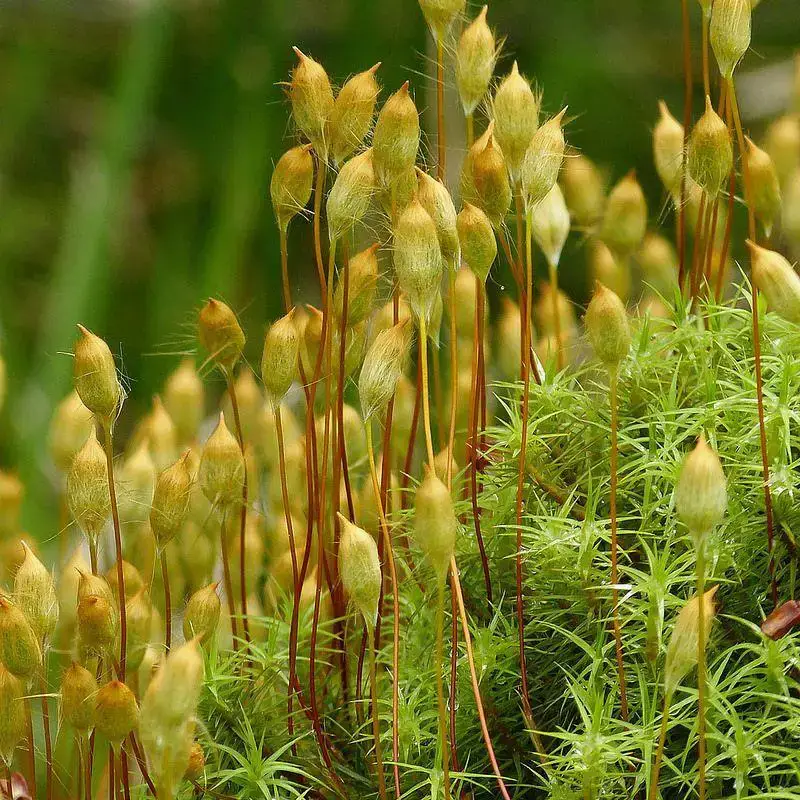
16596ad2e2446a9797afda6f1c6062f0.jpg from: https://www.pinterest.com/pin/416653403008110641/
and disturbed sites. Its ability to adapt to different environments is a testament to its resilience and versatility.
Ecological Roles and Adaptations
The Polytrichum commune var. perigoniale (Michx.) Hampe plays a vital role in its ecosystems. As a pioneer species, it is often one of the first plants to colonize bare or disturbed areas, paving the way for other vegetation to establish itself. Additionally, its dense mats help retain moisture and prevent soil erosion, contributing to the overall health and stability of the ecosystem.
This moss species has developed remarkable adaptations to thrive in its environments. Its hairy leaves and reddish-brown calyptra help protect the delicate reproductive structures from desiccation and UV radiation. Furthermore, its ability to reproduce both sexually (through spores) and asexually (through fragmentation) enhances its chances of survival and dispersal.
Case Studies/Examples
One fascinating example of the ecological significance of Polytrichum commune var. perigoniale (Michx.) Hampe can be found in the boreal forests of North America. In these vast and diverse ecosystems, this moss species plays a crucial role in facilitating the establishment of other plant species, including trees. Its dense mats create a suitable microclimate for seedling germination and growth, contributing to the overall biodiversity and resilience of the forest ecosystem.
Technical Table
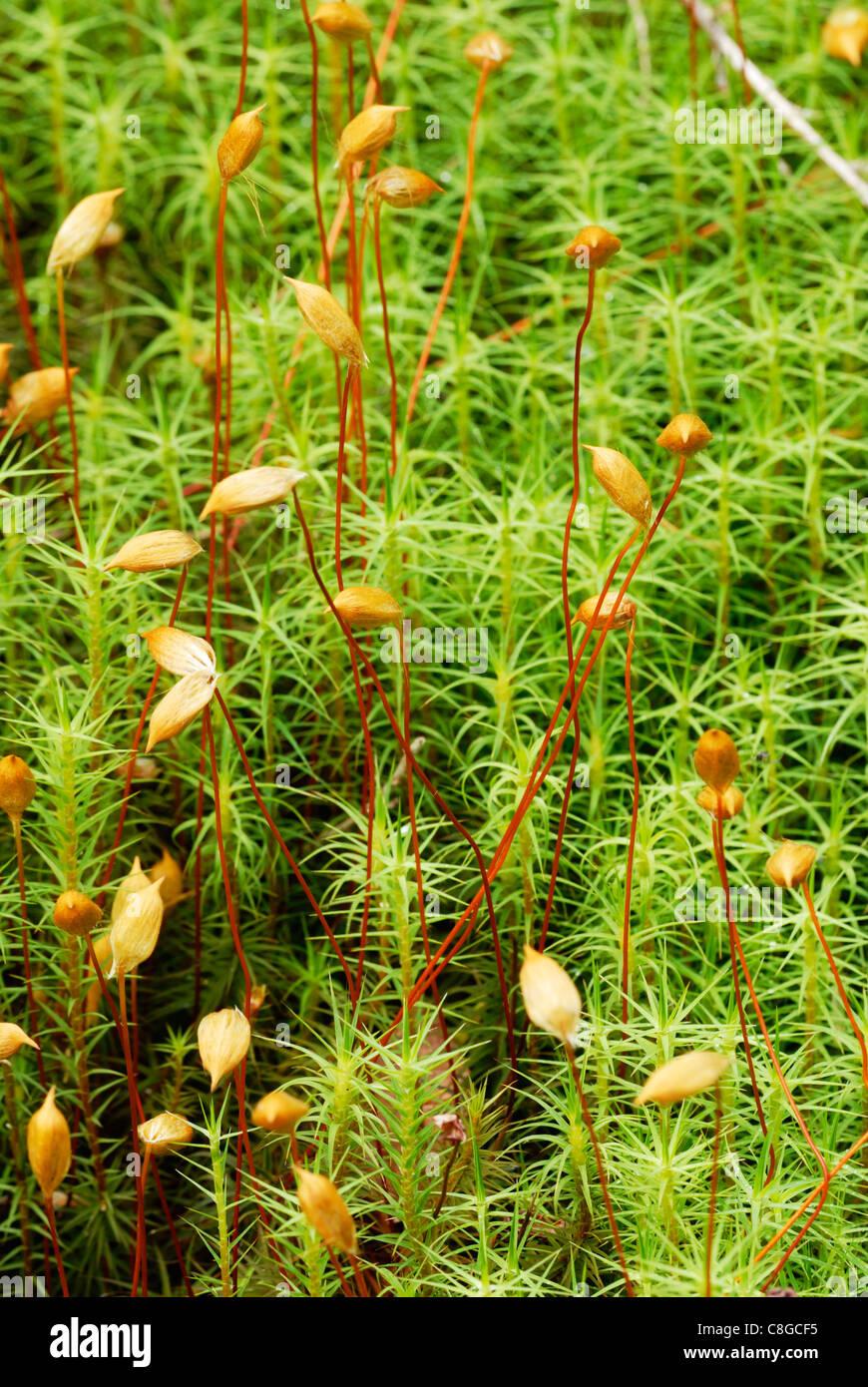
polytrichum-commune-moss-with-fruiting-bodies-wales-uk-C8GCF5.jpg from: https://www.alamy.com/stock-photo-polytrichum-commune-moss-with-fruiting-bodies-wales-uk-39699049.html
| Characteristic | Description |
|---|---|
| Scientific Name | Polytrichum commune var. perigoniale (Michx.) Hampe |
| Family | Polytrichaceae |
| Common Name | Polytrichum
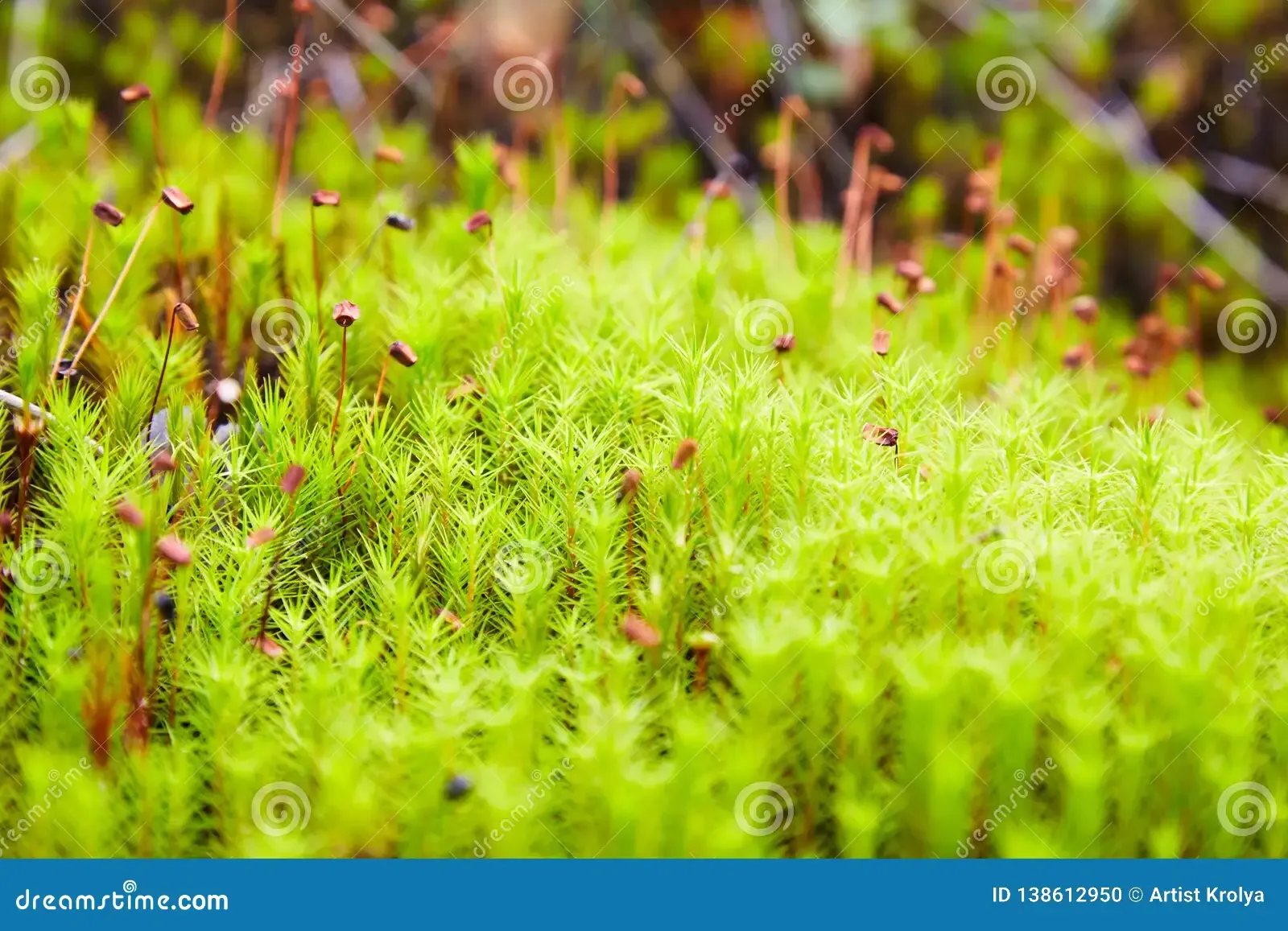 green-moss-polytrichum-commune-growing-forest-summer-selective-focus-green-moss-polytrichum-commune-growing-138612950.jpg from: https://www.dreamstime.com/green-moss-polytrichum-commune-growing-forest-summer-selective-focus-green-moss-polytrichum-commune-growing-image138612950 |
| Height | Up to 20 cm |
| Leaf Shape | Lanceolate, sheathing base, serrated margin |
| Calyptra | Reddish-brown, covering the sporophyte |
| Reproduction | Sexual (spores) and asexual (fragmentation) |
| Habitat | Moist woodlands, shaded areas, rocky outcrops, disturbed sites |
| Distribution | North America, Europe, parts of Asia |
| Ecological Role | Pioneer species, soil stabilization, moisture retention |
Conclusion
The Polytrichum commune var. perigoniale (Michx.) Hampe is a true marvel of the bryophyte world, captivating moss enthusiasts with its unique morphology, adaptations, and ecological significance. From its striking appearance to its vital roles in ecosystem functioning, this moss species serves as a reminder of the intricate beauty and complexity of nature. As we continue to explore and appreciate the wonders of the natural world, let us ponder: What other hidden gems await our discovery, and how can we better protect and preserve these invaluable treasures?